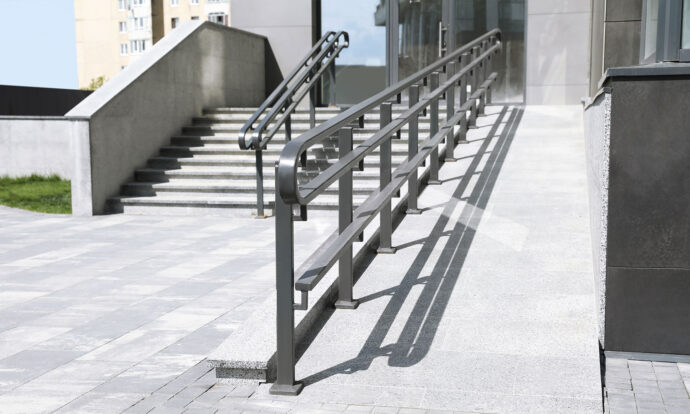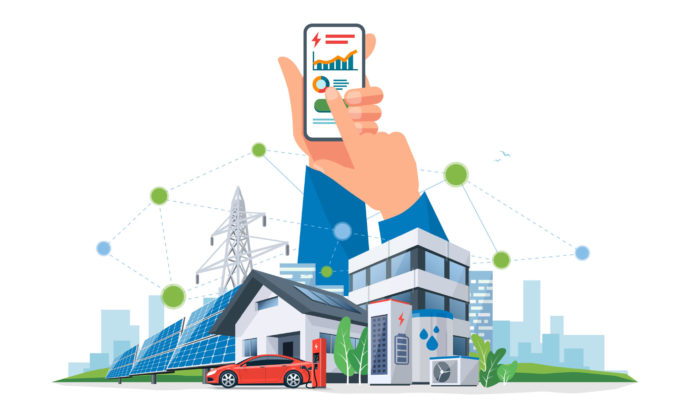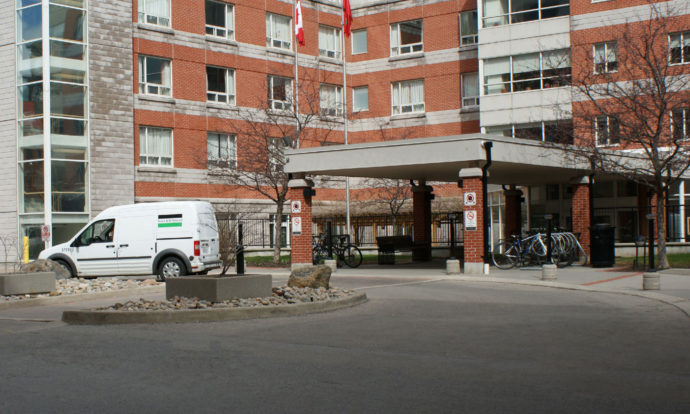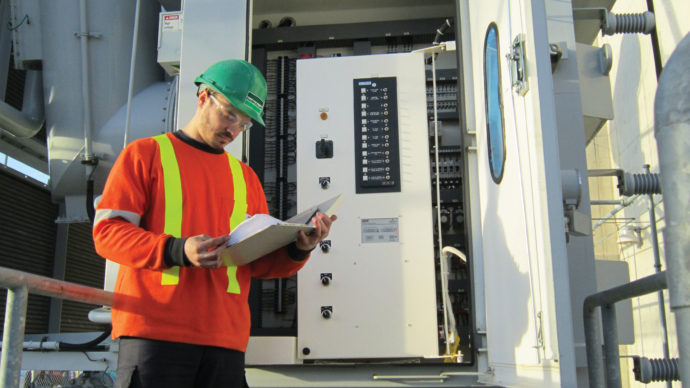It can be argued that the job of a facility manager is one of the most demanding roles for an organization, whether they are supporting the front lines within healthcare or safeguarding commercial or major manufacturing plants and facilities.
As we move towards COVID-19 recovery, the demands on facility managers will continue to accelerate. No matter the setting, the skillset required to innovate, adapt and overcome challenges will be paramount.
To ensure facility managers are adequately prepared to master the new normal, here are nine key questions that every facility manager should ask their organization for the second half of 2021.
1. How do I protect our workplace as COVID-19 restrictions ease?
Once the impacts of COVID-19 are ease more, you may need to stage your staff’s return. Even with growing immunization, returning will require safe planning, spacing for distancing, doubling down on hand hygiene and personal protective equipment, and confirming adequate ventilation. Make sure your facility services providers are offering advice, options, tools and all that is needed to comply with public health authorities’ guidance and smooth the transition.
2. How can I maximize interoperability to better operate our systems?
A new generation of facility managers well versed and reliant on smart phone technology is now entering the industry. Your systems must be interoperable and interconnected. Your platform must be user-friendly, with the ability to access data and mesh with multiple devices. If your provider is behind, find one that can offer you the kind of flexibility, project management tools and options that promote innovation and support Internet of Things technology.
3. How do I continue to make improvements to decrease energy use?
Your service partner should conduct an energy audit and offer a plan to economize lighting, improve temperature control, suggest chiller and fan-unit upgrades, implement HVAC system gains, and lead building insulation improvements. These will save money, time and lower energy usage. Service partners that are proactive and knowledgeable can create opportunities to improve efficiency while reducing existing costs.
4. Can I improve the sustainability of our operations to meet carbon reduction targets?
The transition to a cleaner future is already underway and the groundswell for change has shifted perspectives of existing infrastructure assets and operations worldwide. Beyond setting reduction targets, more than 40 governments around the world have adopted a price on carbon, through direct taxes or cap-and-trade programs. Green buildings will now play an important role in the equation to post-pandemic recovery.
There are many first steps you can take to decarbonize your facility for long-term sustainability, most importantly by taking a holistic view of your operations. Make sure your service partner can provide you with opportunities to leverage new technologies that can monitor and curtail GHG emissions. Regardless of the maturity of your current sustainability program, revisiting the plan will ensure your organization can meet its aspiration and goals.
5. How can I use a proactive maintenance strategy to save?
Facility managers generally pursue either reactive or proactive maintenance strategies. The issue with a reactive maintenance strategy is it waits for equipment to fail unexpectedly, which can lead to costly downtime and lost productivity.
Advocating for your organization to use a proactive maintenance strategy will ensure parts, components and equipment issues are addressed more efficiently prior to failure. Such a strategy will in turn reduce and control the operational costs of your facilities, improve your awareness of equipment condition, and employ a solution that focuses on eliminating downtime. A proactive services partner can save you money, reducing stressful and often costly critical failures. Your services partner should be continually providing you with opportunities to improve your facilities and equipment reliability.
6. How do I stay on top of my asset management?
The first thing facility managers should revisit is their equipment inventory, to ensure it is current and accurate. If this inventory has become outdated, you will need to conduct detailed asset evaluations and populate a comprehensive inventory management database.
Once you can properly track all your assets and their associated activities, you will be able to better plan for maintenance, disposal, and replacement. Ensure your service partner is able to leverage technologies that enable better decision-making on assets. Your service partners must support a strategic approach and long-term view of asset management.
7. How can I provide clear and consistent communication on site?
“The rule of seven” states that a person needs to hear a message at least seven times before it makes an impression. Any communication strategy to shape your users’ needs must maximize exposure through many channels, using clear and consistent key messages. You need to engage your workplace in creative and proactive ways through feedback loops. Maybe your office has video screens in the elevators, an intranet, SMS text messaging or a staff bulletin board. Make sure you capitalize on these resources to influence and shape behaviour to achieve your goals.
8. Can human factors improve health, safety and security?
Facility managers need to assess the overall effects of facilities on the operations within. Your vendors must understand your workplace environment, occupant services, occupant health, safety and security needs, and ensure your users are protected from danger and are confident to perform their best. Your partners must anticipate how human factors can lead to harm and avoid it while continually reviewing the process for efficiency and effectiveness.
9. Is there a seamless way to cut risk?
Lowering risk requires a plan for risk identification, analysis and evaluation. Your facilities must undergo emergency preparedness, response and recovery, and practise these processes regularly. Your service partners are vital for confirming facility resilience and business continuity.
Black & McDonald is an integrated, multi-trade facility services provider, with insight into directing a diverse portfolio of public and private facilities. Our clients partner with us to ensure facilities are safe and efficient for all users, and that service excellence and best value are delivered throughout the life of our agreements. Our experts help identify opportunities to improve facilities and to develop tailored solutions for your operations.

















